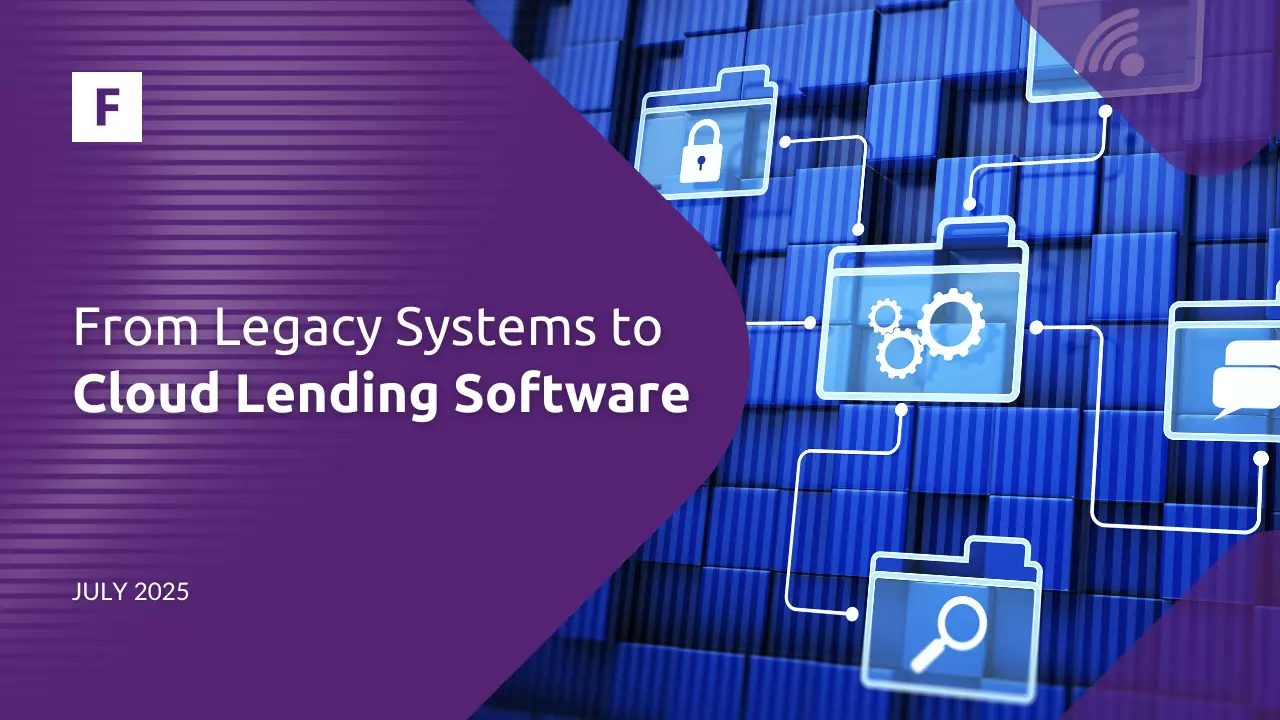Financial services industry has been changing and adapting during the last years. During and after the pandemic, the need for agility and speed increases the implementation of different strategies and tools to deliver high quality services with easy digital access for people.
One groundbreaking solution that has gained popularity is no-code platforms. Gartner estimates the market for no-code and low-code platforms will grow to $8 billion by 2022 from $3.47 billion in 2019. In 2023, the no-code-low-code platform market is projected to grow almost 20% to $10 billion and $12.3 billion in 2024. Companies in different industries use no-code platforms. The financial sector uses these platforms to empower various services. This time we will discuss lending companies and how they have revolutionized their operations by streamlining processes and accelerating development with our loan management system. This article explores the immense potential and benefits of no-code technology in the lending sector. However, before diving into it, let’s see the definition of a no-code platform and the background history of that concept:
A no-code platform, refers to a software development environment that enables users to create applications and software solutions without writing traditional programming code. It provides a visual interface, intuitive tools, and pre-built components that allow users without extensive coding knowledge to build and deploy functional applications using visual workflows, drag-and-drop features, and configuration options.
The no-code software concept is not really new. It has been appearing since the 80s when James Martin, an English author and information technology consultant, first wrote about it in 1982 on his book Application Development Without Programmers: “The number of programmers available per computer is shrinking so fast that most computers in the future must be put to work at least in part without programmers.” During the 80s the original version of Excel appeared, which many people considered as the first tool that allowed users to manipulate data without code. The history of No-Code platforms continued during the ‘90s and ‘00s until today, where it is getting more popular in different industries. The No-code market is expected to be worth $52 billion by 2024.
Why are No-Code platforms a strong option for Digital Lending?
These types of platforms offer digital lending companies a cost-effective and accessible solution, empowering them to rapidly build and customize loan applications without the need of coding. With drag-and-drop interfaces, templates, and seamless integration capabilities, these lending softwares enable efficient development, enhanced user experiences, and iterative improvements, ensuring lenders stay agile and competitive in the evolving digital lending landscape.
Let’s learn about some benefits of using a no-code platform for your lending company:
Streamlining Implementation:
With the help of no-code platforms, like our Core System, lending companies can configure products, flows, and integrations. This eliminates the need for complex coding or extensive IT involvement, enabling businesses to launch new lending services quickly and efficiently. A report by Nasscom shows that companies have experienced up to 75% reduction in development time and 65% reduction in costs with low-code and no-code solutions. This is resulting in a global adoption of code-free alternatives that significantly reduces time-to-market and allows lending companies to respond swiftly to evolving market demands. From defining data fields and setting validations to creating various actions, data blocks, and flows, every aspect of the lending process can be tailored to meet the needs of the business.
Empowering business users:
Traditionally developing and modifying lending programs required technical expertise and lengthy development cycles. However, with a no-code loan origination software, business users can take the reins and customize their lending processes easier. Our Customer Relationship Management system, integrated into the no-code platform, offers extensive configuration options, allowing businesses to manage their customers, leads, creating personalized offers, automatic communications, deliver better customer support and more features.
External integrations ready to implement:
Accurate and efficient data management is vital for lending companies. With no-code platforms, you can integrate external data sources, such as credit bureaus, KYC providers, payments, banning lists, and others. Our system offers more than 100 external integrations ready to be implemented without coding. Lending companies can retrieve and validate customer information and credit scores using pre-built connectors and APIs.
Flexibility and iterative development:
The beauty of no-code platforms lies in their inherent flexibility. Lending companies can adapt and iterate their lending services in response to market dynamics or regulatory changes. Product and business people can modify and change settings, configurations, and options. In this way, they can experiment with different settings until they find one that works for them. They can also work on developer-related tasks but without coding. With a no-code approach, making changes to existing processes or launching new lending products becomes a matter of simple configuration rather than extensive development cycles. This agility empowers businesses to stay at the forefront of innovation, experiment with cutting-edge lending models, and seize emerging opportunities swiftly.
Low-code VS no-code
The principal difference between no-code and low-code software development lies in the level of coding implicated, and the flexibility in customization. No-code platforms prioritize a code-free approach, enabling non-technical users to build applications quickly. Low-code platforms offer a mix of visual development tools and the ability to incorporate custom code, providing developers with more control and flexibility while simplifying the development process. In order to quickly adapt to the changes in the market, companies in different industries have been adopting no-code and low-code apps and platforms. According to Gartner, 65% of the app activity will result from no-code development by 2024.
Adopting no-code platforms is not just a trend; it is a strategic move that can revolutionize lending companies in the fintech industry. The immense potential and benefits of no-code technology including streamlined processes, enhanced user experiences, cost-effectiveness, and agility, make it a valuable tool for digital lending companies aiming to thrive in a rapidly changing landscape. Embracing no-code loan software will unlock a new era of innovation, creativity, and growth for lending companies, setting them on the path to success in the digital age. If you want to know more about our no-code platform you can get in touch with us.
➡️ Read also: SME Lending Software - BNPL Software - Risk Decision Engine - Consumer Lending Software.
About Fintech Market
Fintech Market (FTM) operates in the lending software market, offering a comprehensive SaaS-based loan management system for financial service providers. The platform covers loans, deposits, current accounts, and investments and includes essential features like CRM, KYC, risk management, and debt management. FTM serves neobanks, SME loan providers, car leasing businesses, and buy-now-pay-later providers in the EU, Mexico, and Indonesia, providing tailored solutions to optimize their operations.







